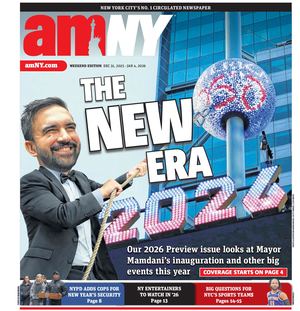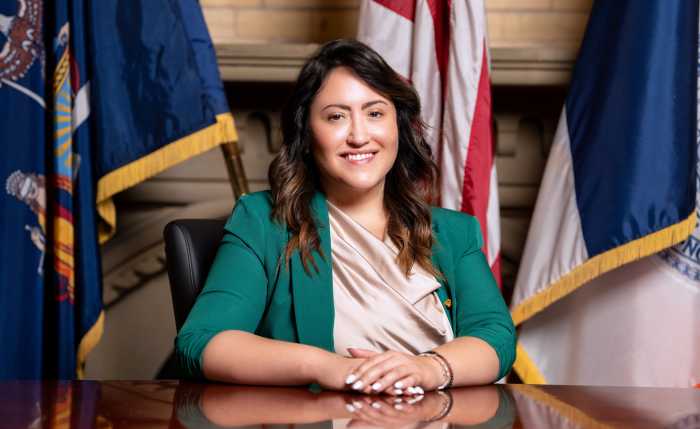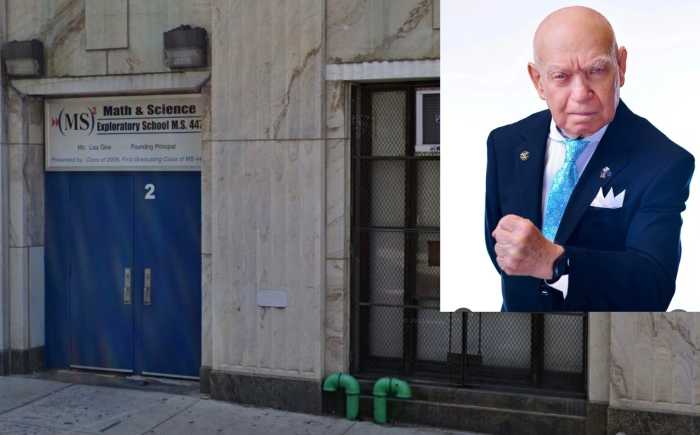New York City students’ reading and math standardized test scores rose this year, which city officials are crediting to the Adams administration’s overhaul of literacy curricula.
Scores in reading and writing rose 7.2 points from last year, with 56.3% of students in grades 3 through 8 proficient. Those results match with math, where 56.9% of students were proficient — 3.5 points higher than last year.
Mayor Eric Adams’ top education policy priority has been transforming the city’s reading curriculum, which he announced in 2023. The city Department of Education (DOE) now requires schools to use one of three department-approved literacy curricula, which emphasize phonics and vocabulary in an attempt to prioritize scientifically proven practices.
Despite the gains in the 2024-25 school year, over 40% of elementary and middle school students still scored below proficiency targets in both reading and math.
Mayor Eric Adams said the scores reflect his administration’s efforts to improve school curricula.
“These academic gains in English Language Arts and math are a testament to what’s possible when we invest in our young people and believe in their potential, and we are proud of our students, teachers and the entire school community,” Adams said in a statement.
New York City’s previous literacy curricula focused on methods like finding context clues and pictures to guess definitions, which have since been disproven. The city rolled out the new curricula in 15 school districts in the 2023-24 academic year and in all schools the following year.
Alongside the new reading methods, which are known as NYC Reads, the city has also implemented NYC Solves, which aimed to standardize math curricula citywide.
Kim Sweet, executive director of Advocates for Children of New York, said the test scores are a “promising sign” of change in New York City schools.
“The City must maintain its commitment to embracing the science of reading and continue to provide teachers with the support and coaching they need to implement new curricula effectively,” Sweet said in a statement.
Amid the city’s rapid implementation of the new program, some teachers have criticized it for being overly demanding and strict while saying they have not received enough support. Teachers also have said the content is boring for many students.
Test scores dropped in the 2023-24 academic year, when the program was first piloted, which DOE officials attributed to a “transitional period” as educators adjusted to the new model. This year, officials pointed out that the districts that had adopted the curricula earlier had the largest rise in test scores.
Michael Mulgrew, president of the New York City teachers’ union, attributed the increase in test scores to teachers and students’ efforts.
“The rise in test scores in both ELA and math is a testament to the hard work by New York City educators and our students,” Mulgrew said in a statement.
Mulgrew also credited Schools Chancellor Melissa Aviles-Ramos, saying she “fought the DOE bureaucracy to make sure the needs of students and school communities came first.”
The scores showed prevailing inequality among scores. While Black students showed the largest gains of any racial group, Black and Hispanic students’ scores remained significantly lower than other demographic groups’ results.
Sweet said the test results showed the need for greater support for disadvantaged students.
“We continue to hear from families who are unable to get their children the help they need to learn to read within NYC public schools,” Sweet said. “The next phase of NYC Reads must go beyond core instruction to ensure all students who need targeted intervention receive it.”
Aviles-Ramos said the new curricula aim to support all students and equalize education across the city.
“The gains we’re seeing are proof that initiatives like NYC Reads and NYC Solves are delivering for our children,” Aviles-Ramos said in a statement. “We are closing gaps, raising achievement in every borough, and making sure more students than ever are on track for long-term success.”
“This is what happens when we stay focused on evidence-based instruction and never lose sight of what’s possible for our young people,” Aviles-Ramos added.






































